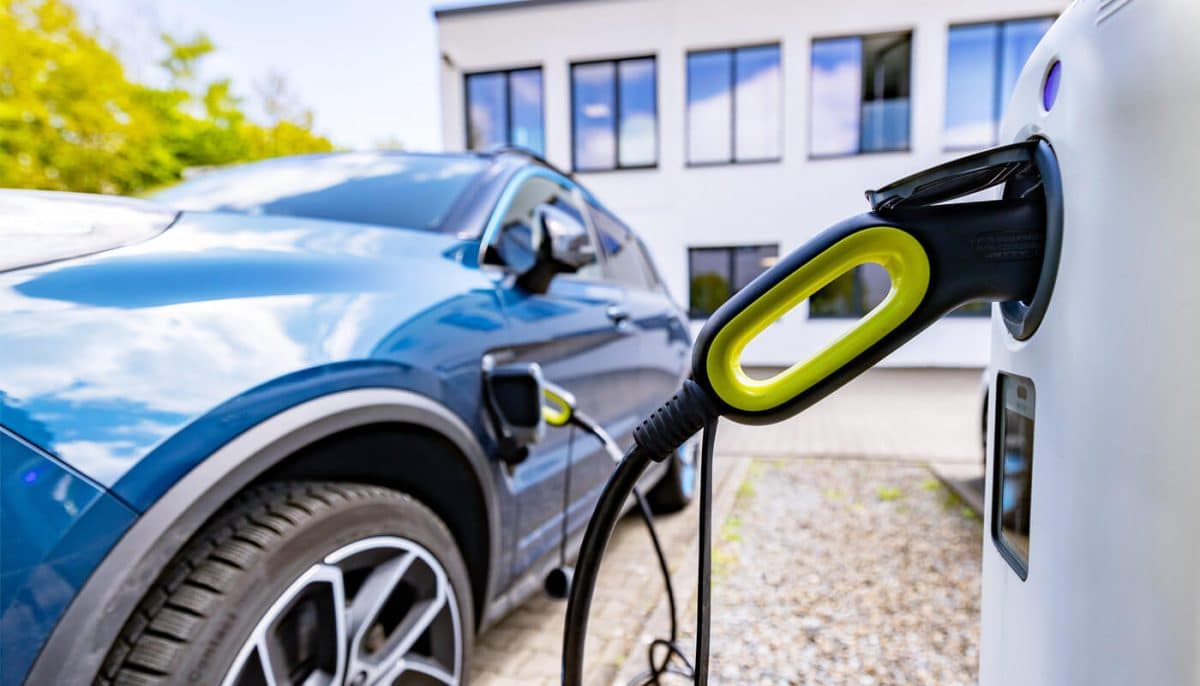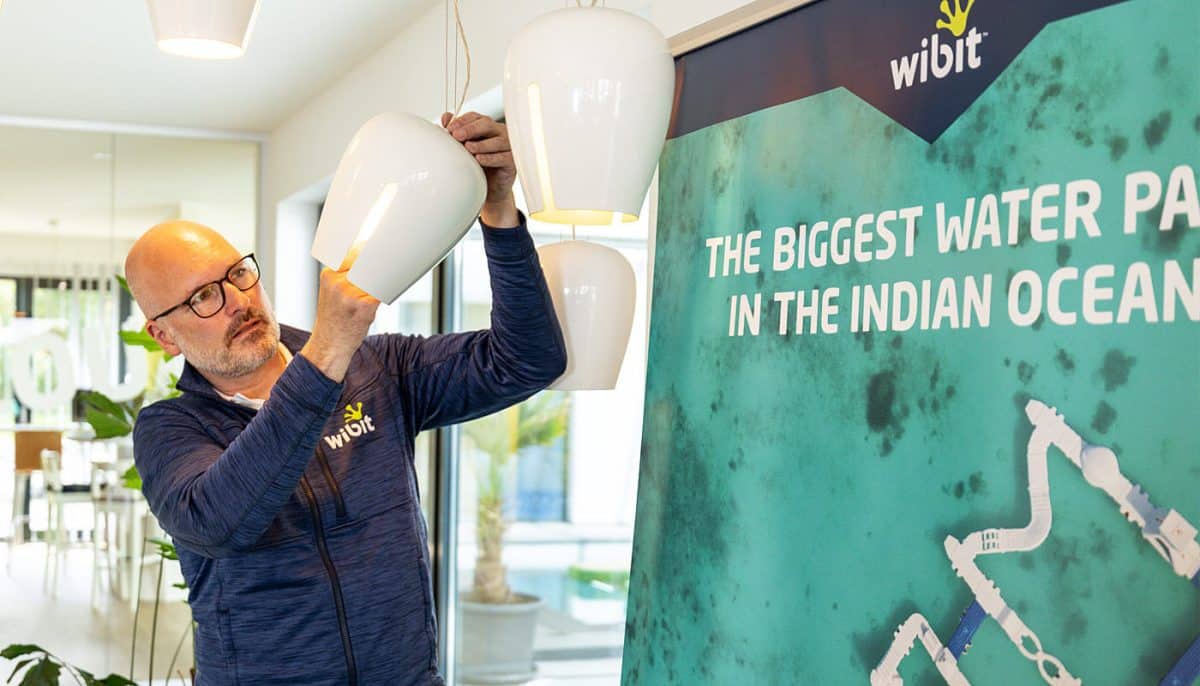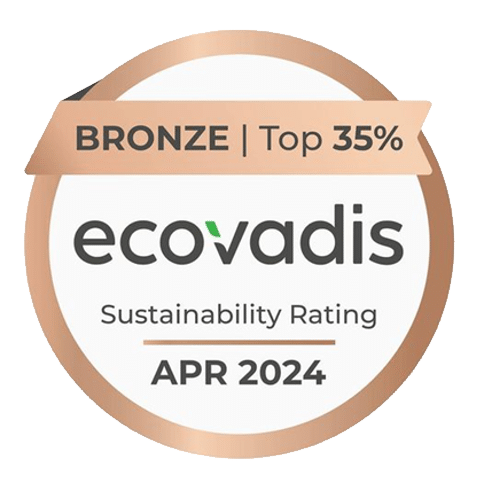Our Commitment to Sustainability
Creating sustainable fun for a better future
Welcome to Wibit’s sustainability journey. For almost 30 years, we’ve been rethinking how the world plays on water. Now we’re committed to playing our part in protecting our planet, ensuring our actions today lead to a greener tomorrow.




Our Environmental Commitment
Reducing our carbon footprint




We are committed to reducing our CO2 emissions. Solar energy powers our headquarters and 100% of our energy comes from renewable sources.
Through partnerships like ClimatePartner, we track, reduce and offset our emissions.
For more detailed information about Wibit’s partnership with ClimatePartner click here.
Key achievements:
100% renewable energy in our operations
87,5% electric vehicles in our fleet
Refurbishment and recycling programs to extend product life
Sustainable Product Design
Eco-friendly from start to finish

We use REACH-compliant materials and eco-friendly anchoring solutions, ensuring our water parks leave no permanent marks on nature. Plus, no fuel, no pollution – just pure fun.

Supporting Communities
Giving back globally and locally

From supporting global projects like Viva con Agua to partnering with the Royal Life Saving Society UK for water safety, we’re committed to making a positive impact.

Governance and Transparency
Committed to ethical business

Through partnerships with EcoVadis and the UN Global Compact, we uphold the highest standards in environmental, social and corporate governance. We continuously evaluate and improve our practices.
EcoVadis Bronze Medal
A recognition of our sustainability efforts

EcoVadis evaluates the quality of our company’s sustainability management system, considering performance in environmental, labor and human rights, ethics and sustainable procurement.
We are proud to have been awarded the Bronze Medal in the EcoVadis sustainability rating for 2024.
Wibit Sports ranks in the top 14% of companies rated by EcoVadis in the Sports Activities and Amusement and Recreation Activities industry!

Join us on our journey
We’re committed to a sustainable future for our customers, communities and planet. Explore our full ESG report to learn more about our goals and achievements.